|
In the first text that describes Hatha Yoga, the Dattatreyayogashastra (DYS), there are two separate systems of "force" (hatha) that can be used. The first system is the ashtanga system, with 8 parts that coincide with Patanjali, Yajnavalkya and others.
The second system is "the doctrine of adepts such as Kapila." (DYS, 131) This second system is a set of 9 mudras, practices "that assist in the preservation and raising of bindu, the essence of life, either through mechanical means or through the raising of the breath through the central channel." (1) Over the centuries, the original system of bindu-raising got overlaid with "the visualization of the serpent goddess Kundalinī rising as kundalinī energy through a system of chakras." (1) By the time of the Hatha Yoga Pradipika (HYP) a few hundred years later, the stated goal of the mudras was to raise kundalini. (HYP 3.5) The mudras (seals) described in the Dattatreyayogashastra include mahamudra, mahabandha, mahavedha, khecharimudra, jalandharabandha, uddiyanabandha, mulabandha, viparitakaranam and vajroli. THE MUDRAS Mahamudra: The "great seal" executed by placing "the heel of his left foot at the perineum. He should stretch out his right foot and hold it firmly with both hands. After placing his chin on his chest he should then fill [himself] up with air. Using breath-retention (kumbhaka) he should hold [his breath] for as long as he can before exhaling. After practising with the left foot he should practise with the right." (DYS, 132-134) This mudra has evolved into the common posture Janushirasana, or Forehead to Knee Posture, which is essentially the same physical position done without the retention of breath. Mahabandha: The "great lock" is performed the same as the "great seal" above, but by placing "the outstretched foot onto his thigh," (DYS 135) essentially creating a Lotus or Half-Lotus type position with the legs. Mahavedha: The "great piercing" is done "while in the great lock" by tapping the buttocks on the ground. (DYS 136) Khecharimudra: The "sky-roving seal" is achieved by turning the tongue back, putting it above the soft palette and holding it in the nasal cavity "in the hollow in the skull while looking between the eyebrows." (DYS 137) Jalandharabandha: The "jalandhara lock" is done by constricting "the throat and firmly plac[ing] the chin on the chest. It prevents loss of the nectar of immortality (amrta)" from dripping from the skull into the fire of the abdomen. (DYS 138-141) Uddiyanabandha: The "uddiyana lock...is easy and always taught because of its many good qualities...With special effort [the yogin] should pull his navel upwards and push it downwards." (DYS 141-142) It is unclear from this instruction how the breath is to be held. Mulabandha: To achieve the "root lock," the practitioner should "should press his anus with his heel and forcefully contract his perineum over and over again so that his breath goes upwards." (DYS 144) Viparitakaranam: The "inverter," turning the body upside down, is said to destroy all diseases. "On the first day the head should be down and the feet up for a short while...He who regularly practises for three hours is expert at yoga." (DYS 148-150) Vajroli: Vajroli "is a great secret," done by literally preserving the semen. "If the semen moves then [the yogin] should draw it upwards and preserve it." (DYS 155-156) It is worth noting that these techniques have been mostly abandoned by modern western yoga. Mahamudra has been appropriated as the posture janushirasana. And the three locks---jalandhara, uddiyana, and mula---have been adapted and used for other purposes. Their modern instruction is quite different than in this text. This system of Hatha Yoga is largely forgotten. 1. Mallinson, James. Hatha Yoga entry in Vol. 3 of the Brill Encyclopedia of Hinduism
1 Comment
|
AUTHORSScott & Ida are Yoga Acharyas (Masters of Yoga). They are scholars as well as practitioners of yogic postures, breath control and meditation. They are the head teachers of Ghosh Yoga.
POPULAR- The 113 Postures of Ghosh Yoga
- Make the Hamstrings Strong, Not Long - Understanding Chair Posture - Lock the Knee History - It Doesn't Matter If Your Head Is On Your Knee - Bow Pose (Dhanurasana) - 5 Reasons To Backbend - Origins of Standing Bow - The Traditional Yoga In Bikram's Class - What About the Women?! - Through Bishnu's Eyes - Why Teaching Is Not a Personal Practice Categories
All
Archives
May 2024
|

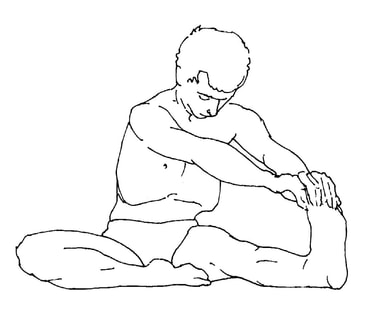
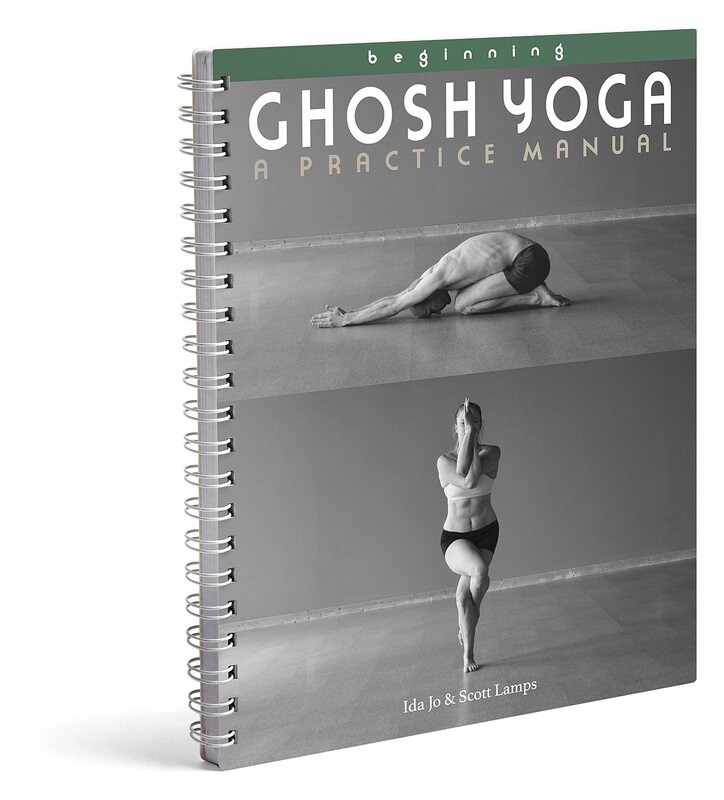
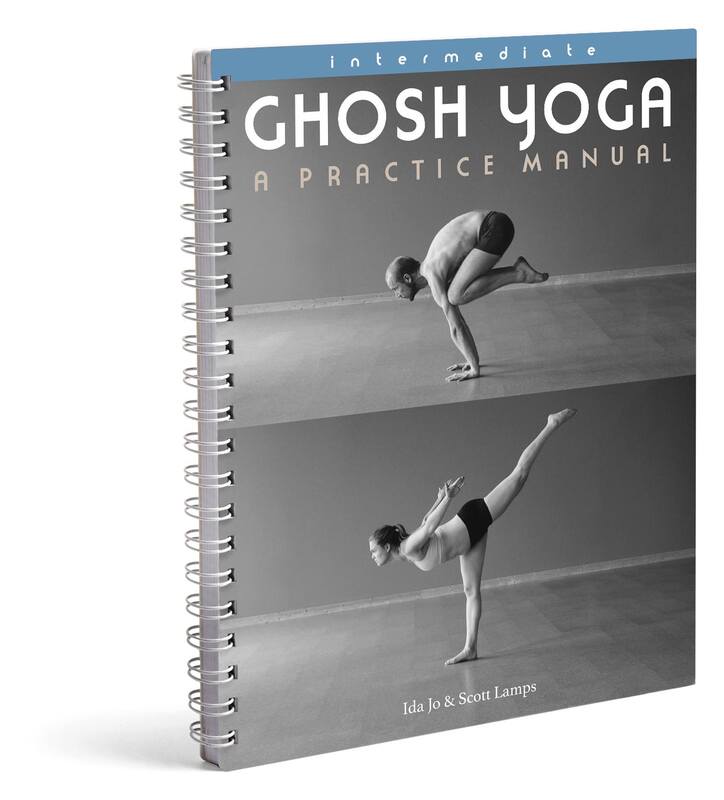
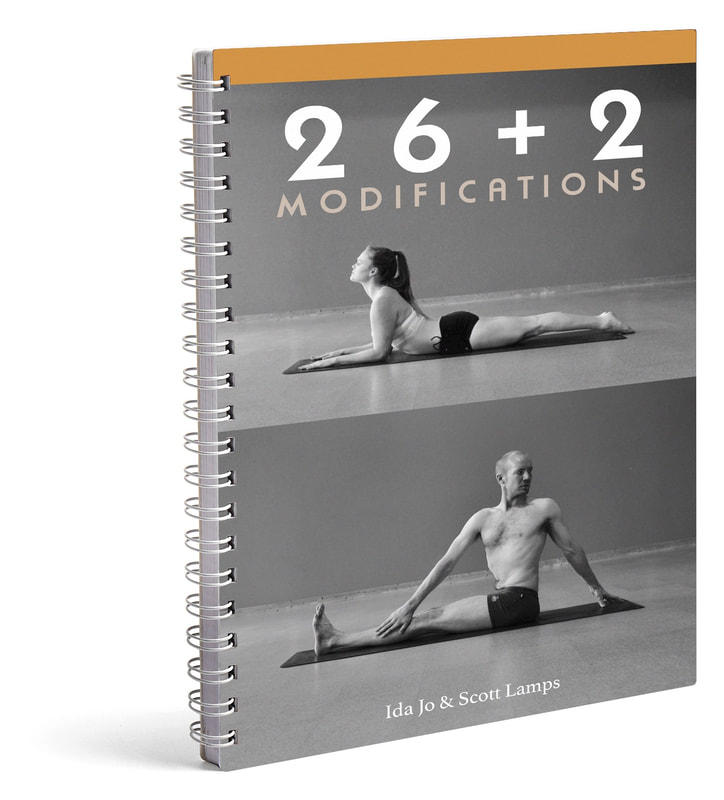
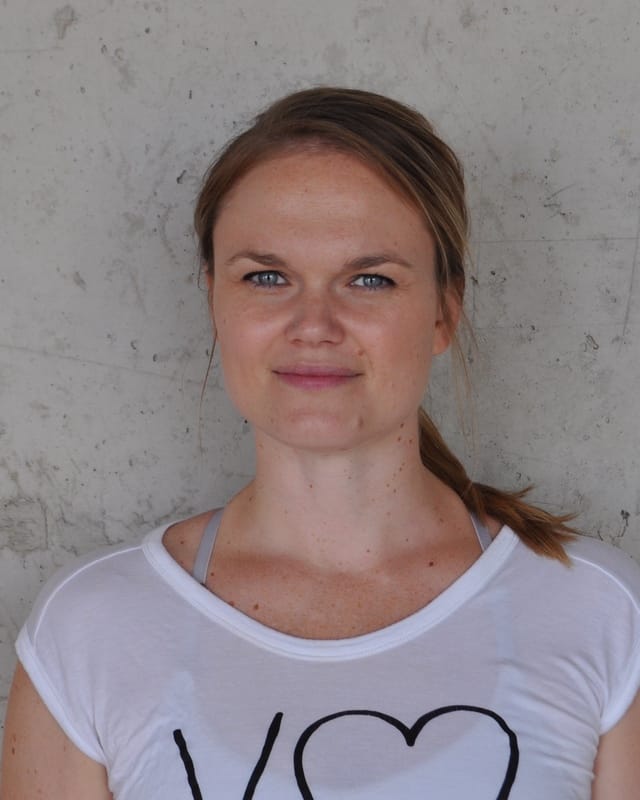
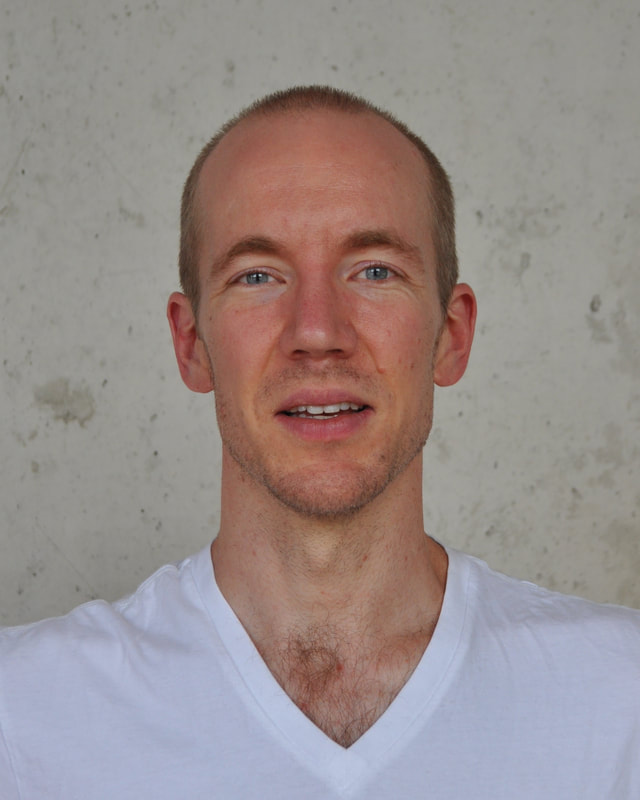
 RSS Feed
RSS Feed